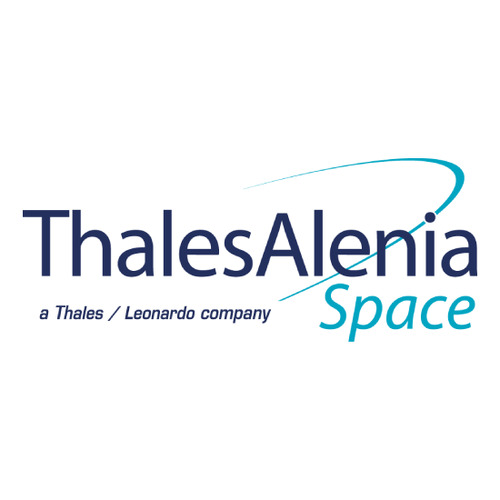On 20 July 1969, Angénieux was part of one of humankind's most extraordinary adventures, helping hundreds of millions of people on Earth to watch live footage of the first human to walk on the surface of the Moon.
The imaging equipment on board the Apollo 11 mission that immortalised this exceptional page in human history included high-performance lenses from Angénieux, a Thales Group brand. The company was able to supply NASA with optics designed to extremely high specifications. Optics that were small, light and easy to use by the astronauts, and of course that would operate reliably in space.
Angénieux engineers combined pragmatism with inventiveness to step up to the technical challenges of this unprecedented odyssey. They needed to convert a 6x12.5 lens into a 6x25 to make it compatible with Westinghouse's new colour camera with its 25 mm tube. Next they needed to develop a new mechanical processing method to prevent the grease - usually used on earth - evaporating in a vacuum and fogging the lenses. New optical treatments were also developed to combat solar radiation, and the optical components needed to be exceptionally strong and robust to withstand shocks and heat during blast-off.
This unique combination of engineering prowess and creativity at Angénieux ultimately led to a set of fabulous images that remain to this day an icon of human endeavour.
Aiming high
But how did a small French company end up taking part in one of the world's biggest adventures? In fact, by the early 1960s the Angénieux brand had already built a solid reputation in the United States thanks to the success of its lenses for the motion picture industry, and through its work for television with the American camera manufacturer RCA from 1958. That widespread industry acclaim ultimately persuaded the all-powerful NASA to select the French firm to supply lenses for the conquest of space. Three of the six lenses on board the Ranger 7 probe in 1964 were made by Angénieux and captured the first ever close-up pictures of the Moon.
Angénieux subsequently took part in all the Apollo missions. And its work with NASA on the exploration of space has continued well beyond the Moon landing, with Skylab, the space shuttles and the recent Dawn mission - dedicated to exploring Vesta and Ceres, located in the asteroid belt between Mars and Jupiter - which ended last November.


